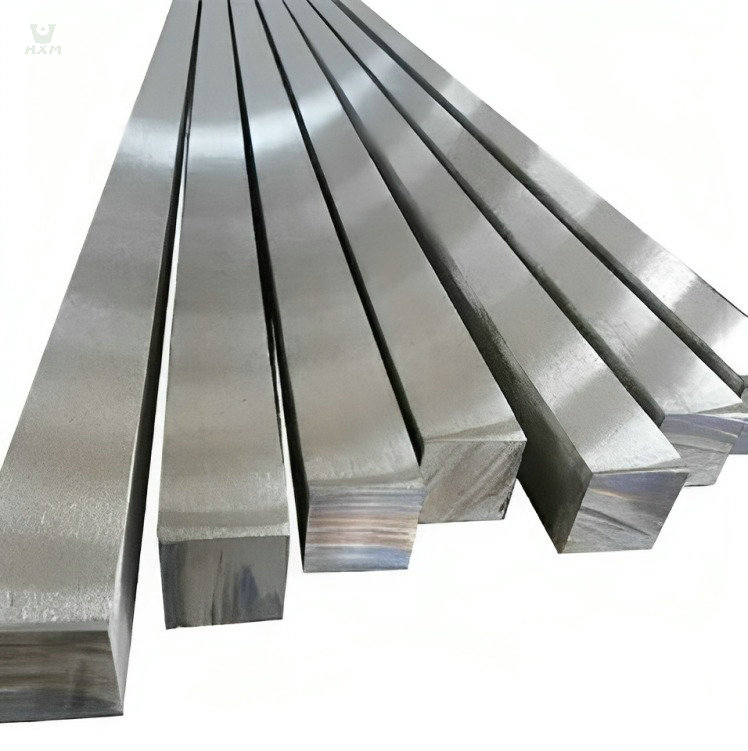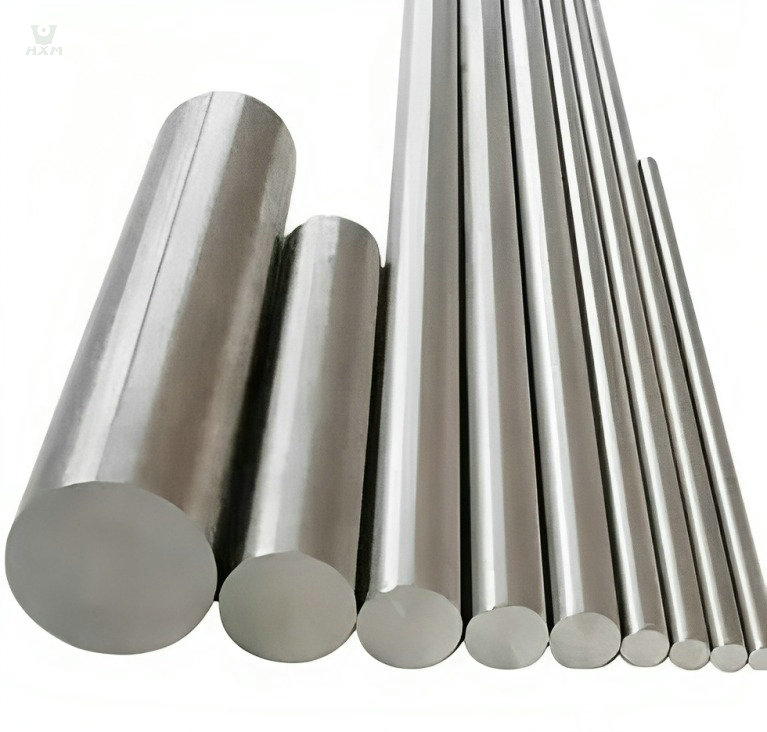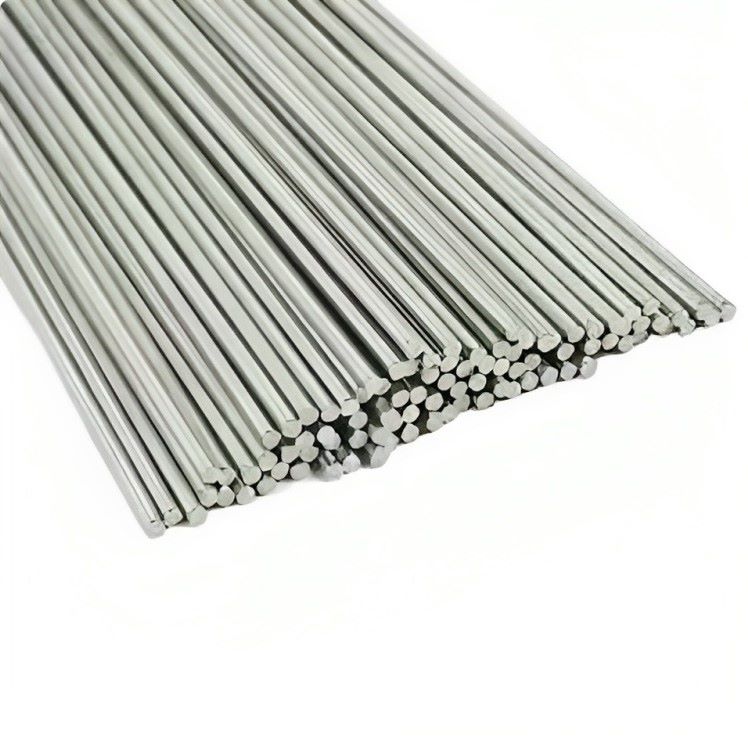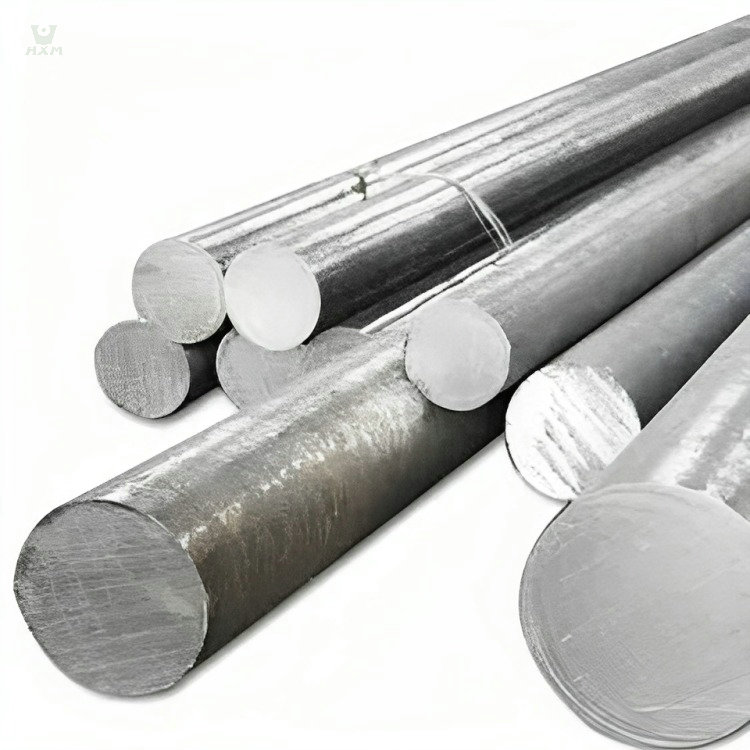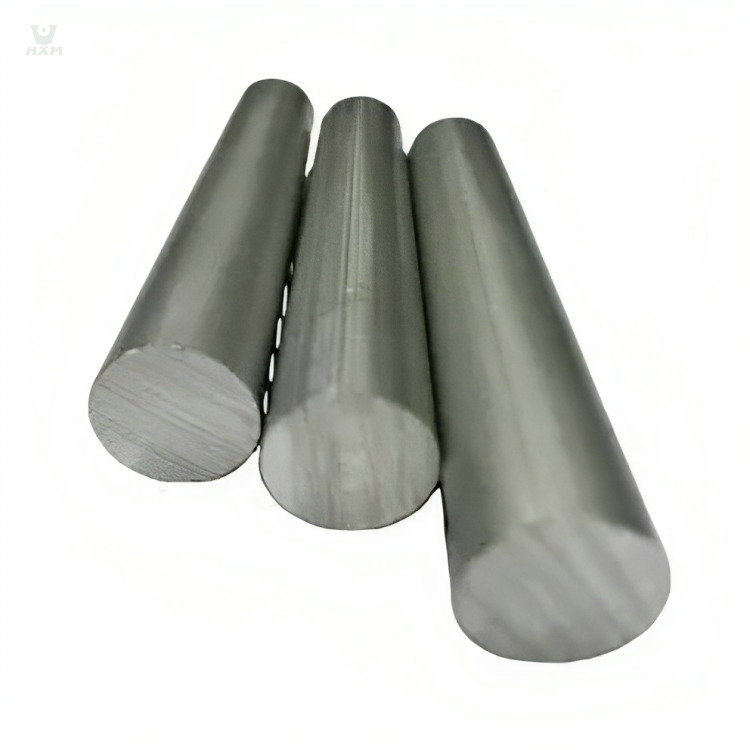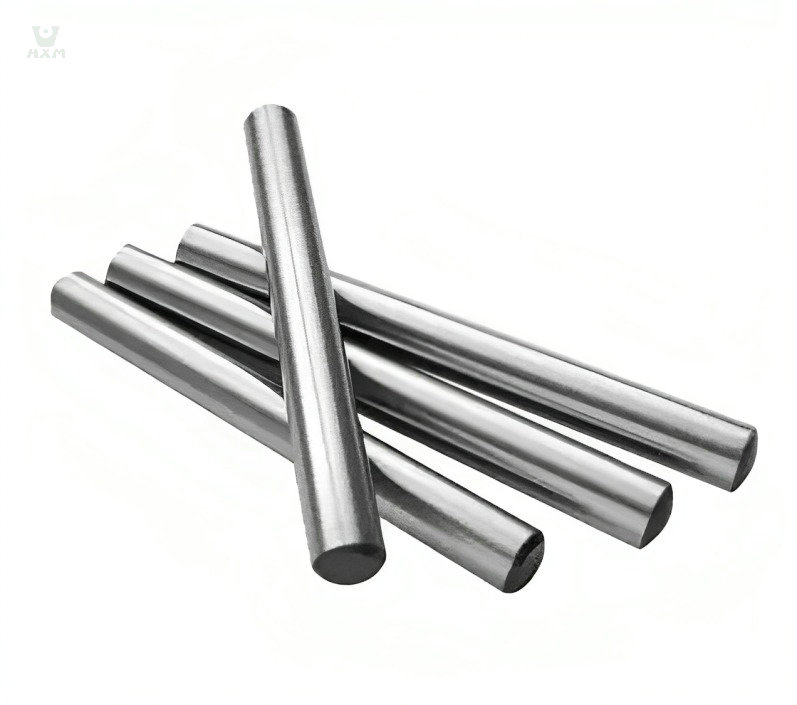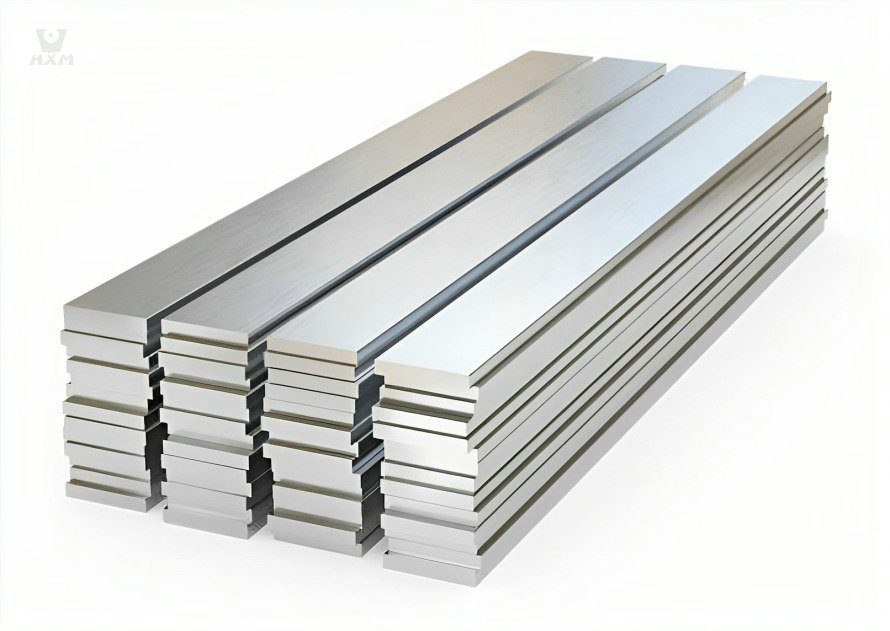
303 stainless steel bar supplier
Diameter: 3mm-480mm, 1/8″ to 2 1/4″
Standard: GB1220, ASTM A484/484M, EN 10060/ DIN 1013 ASTM A276, EN 10278, DIN 671
Main Grade: 201, 304, 316, 316L, 310s, 430
Shape: round, flat, square, angle, hexagonal
Finish: Black, NO.1, mill finish, cold draw, H9, H11
product description of 303 stainless steel bar
The 303 Stainless Steel Bar is a highly versatile metal used across various industries. Comprising a chromium and nickel alloy with a higher sulfur concentration, it excels in machining applications, offering improved cutting tool efficiency. This material supports faster machining speeds, reducing production costs, and ensuring exceptional corrosion resistance. The 303 stainless steel bar is ideal for use in corrosive environments like those involving chlorine gas, hydrochloric acid, or saltwater. Being non-magnetic and categorized as a free-machining stainless steel product (UNS S30300, Grade 303), it’s renowned for its exceptional machinability and corrosion resistance, making it a popular choice in various applications.
specification of 303 stainless steel bar
chemical composition of 303 stainless steel bar
| Element | Content (%) |
|---|---|
| Chromium (Cr) | 17-19 |
| Nickel (Ni) | 8-10 |
| Sulfur (S) | 0.15 min |
| Silicon (Si) | 1.00 max |
| Manganese (Mn) | 2.00 max |
| Carbon (C) | 0.15 max |
| Phosphorus (P) | 0.20 max |
| Iron (Fe) | Balance |
physical property of 303 stainless steel bar
| Property | Value |
|---|---|
| Density | 7.93 g/cm³ |
| Melting Point | 1400-1450°C (2552-2642°F) |
| Specific Heat Capacity | 0.50 J/g·°C |
| Thermal Conductivity | 16.3 W/m·K (0.122 BTU/hr·ft·°F) |
| Electrical Resistivity | 0.72 x 10^-6 Ω·m |
| Modulus of Elasticity | 193 GPa (28 x 10^6 psi) |
mechanical property of 303 stainless steel bar
| Property | Value |
|---|---|
| Tensile Strength | 500-750 MPa (72.5-108.8 ksi) |
| Yield Strength (0.2% offset) | 190-415 MPa (27.6-60.2 ksi) |
| Elongation at Break | 35% min |
| Modulus of Elasticity | 193 GPa (28 x 10^6 psi) |
| Hardness (Brinell) | 190 max |
characteristics of 303 stainless steel bar
The composition of the 303 stainless steel bar is characterized by its unique alloy blend, primarily consisting of chromium and nickel. However, what sets it apart is its higher sulfur content, a critical element that plays a pivotal role in enhancing its machinability. This elevated sulfur concentration has a profound impact during machining processes. It serves to significantly reduce wear on cutting tools and minimizes the frictional drag experienced during the cutting, shaping, or forming of the material. As a result, the 303 stainless steel bar is specifically engineered to excel in applications where machining efficiency and tool longevity are of paramount importance. This makes it a preferred choice in industries that demand both high-performance machining capabilities and corrosion resistance.
Enhanced Machinability is a hallmark feature of the 303 stainless steel bar. This stainless steel alloy, known as Type 303, has been meticulously engineered with a primary focus on machining. It exhibits outstanding machinability properties that set it apart from other stainless steel grades. The exceptional machinability of Type 303 enables a notable increase in machining speeds, which translates to significant reductions in production costs.
This alloy is highly valuable in applications where a delicate balance between corrosion resistance and extensive machining is required. Its machining-friendly nature allows for precision cutting, shaping, and forming operations, making it an ideal choice for industries where efficient and cost-effective machining is a priority. As a result, the 303 stainless steel bar stands out as a versatile material, delivering both exceptional machinability and corrosion resistance, thereby finding its place in various industrial applications.
Impressive Corrosion Resistance is a defining attribute of the 303 stainless steel bar. This specialized stainless steel alloy boasts exceptional resistance to corrosive agents, rendering it highly suitable for applications where exposure to harsh environments is a common occurrence. Notably, the 303 stainless steel bar is capable of withstanding corrosive substances like chlorine gas, hydrochloric acid, and saltwater, which are known for their corrosive nature.
The alloy’s remarkable corrosion resistance is a result of its specific composition and properties, which create a robust barrier against the detrimental effects of corrosive agents. This feature positions the 303 stainless steel bar as a reliable choice for industries and applications where protection against corrosion is a top priority, ensuring the durability and longevity of components in challenging environments.
Non-Magnetic Properties are inherent to the 303 stainless steel bar, as it belongs to the austenitic stainless steel family. These properties are crucial for specific applications where magnetic interference is a concern. The non-magnetic nature of this stainless steel alloy arises from its austenitic microstructure, which remains stable across a wide range of temperatures. Unlike ferromagnetic materials, the 303 stainless steel bar does not attract magnets or exhibit magnetic properties, making it ideal for applications in which magnetic interference must be minimized.
This feature provides distinct advantages in scenarios where the absence of magnetic properties is paramount. For example, it is well-suited for use in environments where magnetic fields should not be distorted or where magnetic interference could negatively impact the functionality of components or equipment. Its non-magnetic characteristics contribute to its versatility, expanding its range of applications across various industries.
The 303 stainless steel bar is recognized as a premier free-machining stainless steel product, designated as UNS S30300 and classified under Grade 303. This distinction is rooted in its unique blend of characteristics, particularly its remarkable corrosion resistance and exceptional machinability.
One of its defining features is its exceptional machinability, which sets it apart as a superior choice for applications that require extensive machining processes. This characteristic is derived from its specific alloy composition, which includes a higher sulfur content. The higher sulfur concentration serves to minimize wear and drag on cutting tools during machining operations, leading to a more efficient and cost-effective machining experience.
This quality positions the 303 stainless steel bar as one of the most sought-after materials in the realm of free-machining stainless steels. Its corrosion resistance, coupled with its outstanding machinability, renders it suitable for a wide array of applications, making it a valuable asset across various industries.
application of 303 stainless steel bar
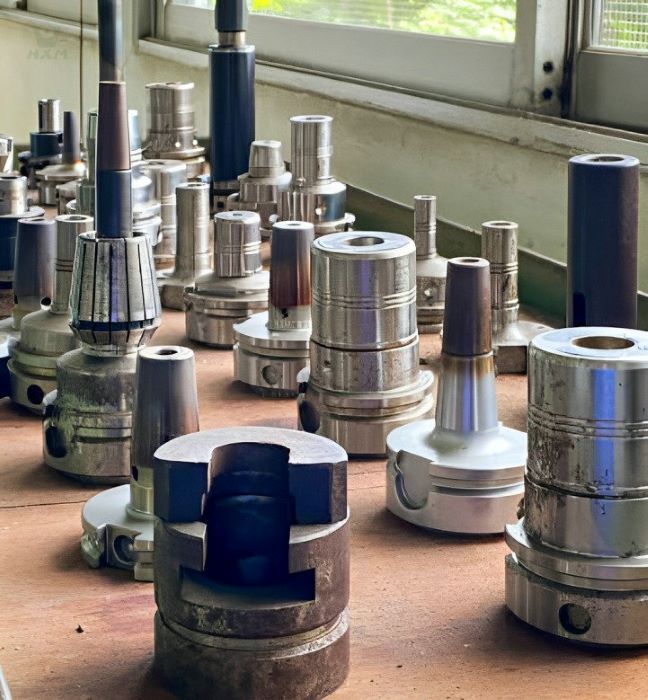
Heavy Machining
In applications requiring heavy machining to fabricate various components, the 303 stainless steel rods and round bars stand out as the material of choice³. This preference stems from the alloy's remarkable machinability, making it exceptionally well-suited for extensive machining processes. The unique composition of the 303 stainless steel bar, characterized by a higher sulfur content, significantly reduces wear and drag on cutting tools, enabling efficient and precise machining. This application finds particular relevance in industries where the production of intricately machined parts is essential for their operation and performance.
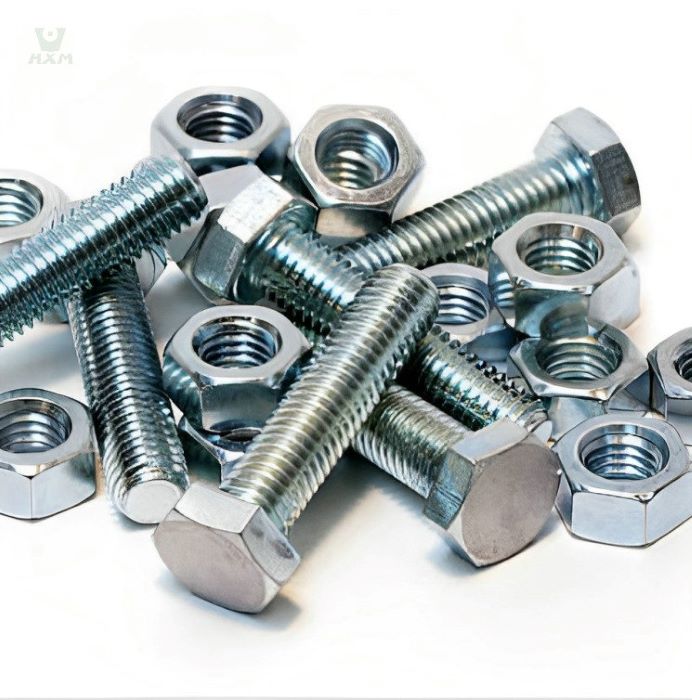
Screws, Gears, Nuts, and Bolts
The 303 stainless steel bar plays a vital role in the manufacturing of fundamental components like screws, gears, nuts, and bolts³. Its remarkable machinability and corrosion resistance are pivotal in these applications, ensuring the creation of reliable and durable parts. The ability to efficiently machine intricate details while maintaining structural integrity makes the 303 stainless steel bar an ideal choice for producing essential elements that are widely used across various industries.
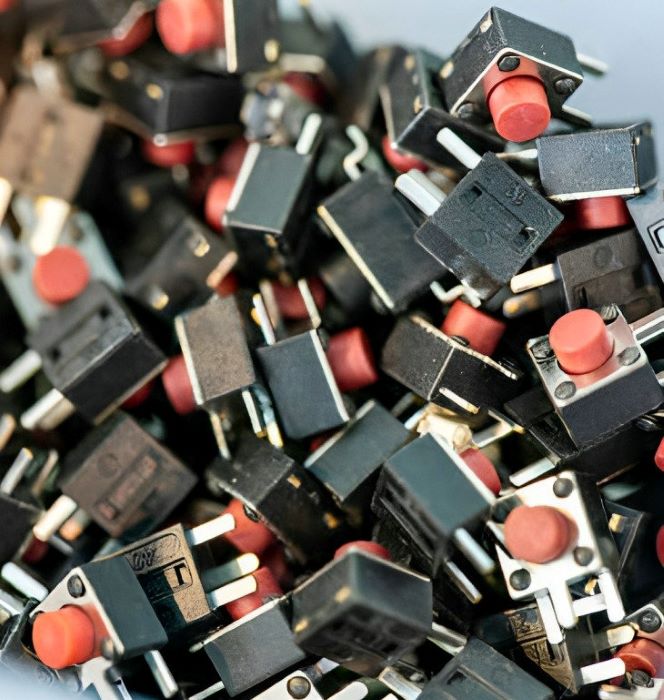
Electrical Switchgear Components
Within the domain of electrical engineering, the 303 stainless steel bar serves as a crucial component in the construction of electrical switchgear elements³. Its unique blend of properties positions it as an invaluable material, ensuring the robust and reliable performance of electrical systems. This application showcases the 303 stainless steel bar's ability to meet the demanding requirements of the electrical industry, where precision and durability are paramount.
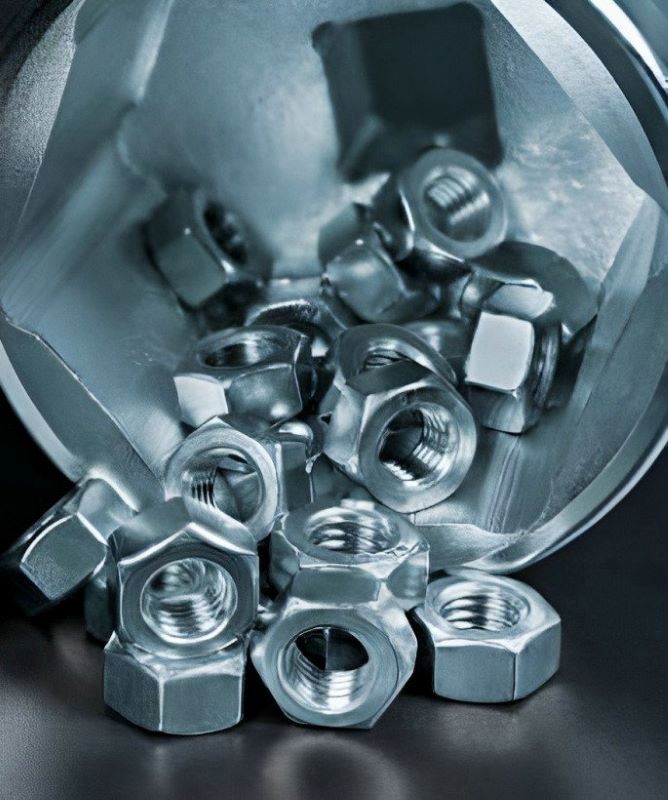
Aircraft Fittings, Bolts, Bushings, Gears, Nuts, and Shafts
In the aerospace industry, the 303 stainless steel bar plays a vital role in numerous applications, ranging from aircraft fittings and bolts to bushings, gears, nuts, and shafts⁴. Its exceptional machinability and corrosion resistance are indispensable qualities that ensure the safety and optimal performance of critical aircraft components. This demonstrates the 303 stainless steel bar's significance in upholding the stringent standards and reliability required in aerospace engineering, where precision and durability are of utmost importance.
FAQ
The primary distinction between 303 stainless steel bar and 304 stainless steel bar lies in their chemical compositions. While both belong to the austenitic stainless steel family, 303 stainless steel contains added sulfur, which improves its machinability but reduces corrosion resistance. In contrast, 304 stainless steel offers better overall corrosion resistance and is more suitable for applications where corrosion is a concern. When seeking these stainless steel bars, a reputable stainless steel bar supplier can provide guidance based on specific application requirements.
The key distinction between 303 stainless steel bar and 316 stainless steel bar lies in their chemical composition and intended applications. While both are corrosion-resistant austenitic stainless steels, 316 stainless steel features molybdenum, providing superior resistance to more corrosive environments, particularly in the presence of chlorides. In contrast, 303 stainless steel is ideal for applications requiring excellent machinability but offers lower corrosion resistance compared to 316 stainless steel. Consulting a reliable stainless steel bar supplier is essential to make the right choice based on your specific needs and application.
No, 303 stainless steel, like other austenitic stainless steels, is not magnetic. This non-magnetic property is a characteristic of austenitic stainless steel alloys and is essential in various applications, including those requiring non-magnetic materials for electrical or electronic components. For more specific information and guidance on the magnetic properties of 303 stainless steel, it’s advisable to consult a reputable stainless steel bar supplier.
303 stainless steel is particularly suitable for machining applications due to its enhanced machinability. This is primarily achieved by the addition of sulfur to the alloy composition. The higher sulfur content in 303 stainless steel significantly reduces the drag on cutting tools, resulting in improved machinability. For detailed information and guidance on the machinability of 303 stainless steel, it is advisable to consult a reputable stainless steel bar supplier. They can provide specific recommendations and insights for machining processes.
No, 303 stainless steel bars cannot be effectively heat-treated to increase hardness. This is because 303 stainless steel is an austenitic stainless steel alloy that cannot be hardened through heat treatment. If you have specific hardness requirements, it’s best to consult a knowledgeable stainless steel bar supplier who can provide alternative materials or solutions that meet your needs.
Yes, 303 stainless steel is generally considered safe for use in the food industry. It is part of the austenitic stainless steel family, known for its corrosion resistance and non-reactivity with food substances. However, to ensure food safety compliance, it is recommended to consult with a stainless steel bar supplier with expertise in food-grade materials to confirm suitability for specific applications.
The availability of different forms and dimensions for 303 stainless steel bars can vary by supplier. It’s best to consult a reputable stainless steel bar supplier for detailed information on the specific forms, sizes, and lengths they offer. They can provide you with precise details based on your requirements and applications.
303 stainless steel is generally weldable, and several welding methods are suitable for joining it. These methods include:
Gas Tungsten Arc Welding (GTAW or TIG): TIG welding is a common choice for stainless steels like 303. It provides precise control over the welding process and produces high-quality welds.
Gas Metal Arc Welding (GMAW or MIG): MIG welding is another popular method for stainless steel. It’s efficient and relatively easy to use, making it suitable for various applications.
Shielded Metal Arc Welding (SMAW or Stick): SMAW is a versatile method suitable for field applications or when access is limited. It can be used with the appropriate electrodes designed for stainless steel.
Resistance Welding: This method can be employed for specific applications like spot welding.
The exact suitability of each method can depend on the specific 303 stainless steel alloy, the intended use, and the expertise of the welder. It’s advisable to consult a stainless steel bar supplier or a welding expert to determine the best approach for your particular project.
recent stainless steel bar products
Get In touch
Ready to Elevate Your Projects? Dive into our Stainless Steel Collection and Submit Your Specifications Today!
Phone/WhatsApp/WeChat:
+86 13052085117
Email: [email protected]
Address: RM557, NO.1388 Jiangyue Road, Shanghai China


